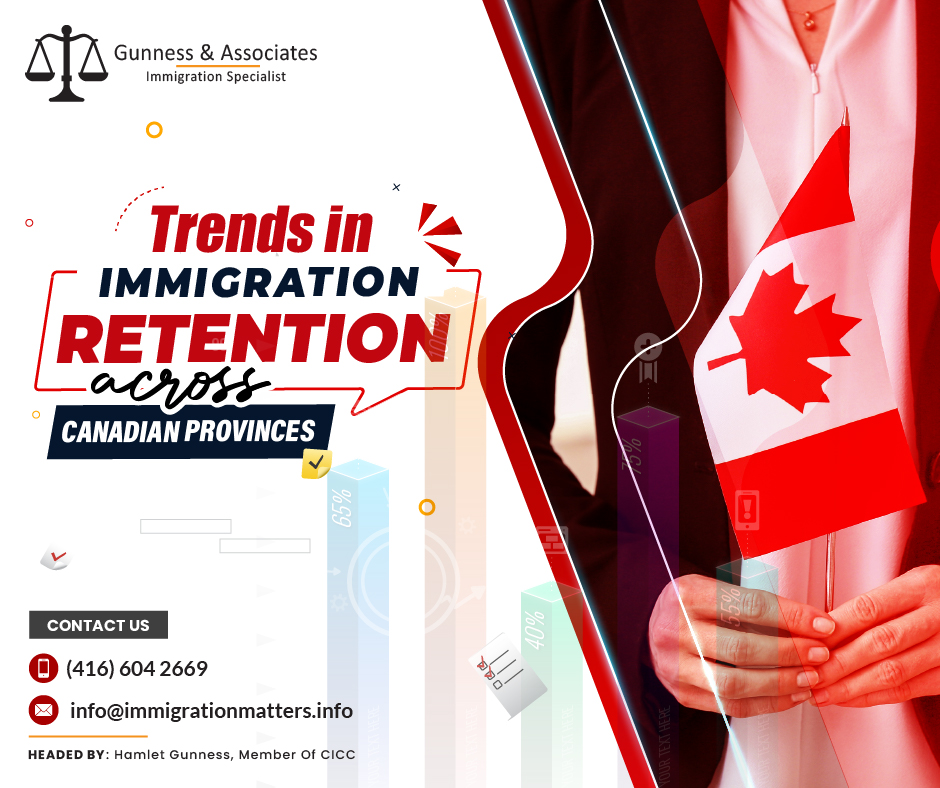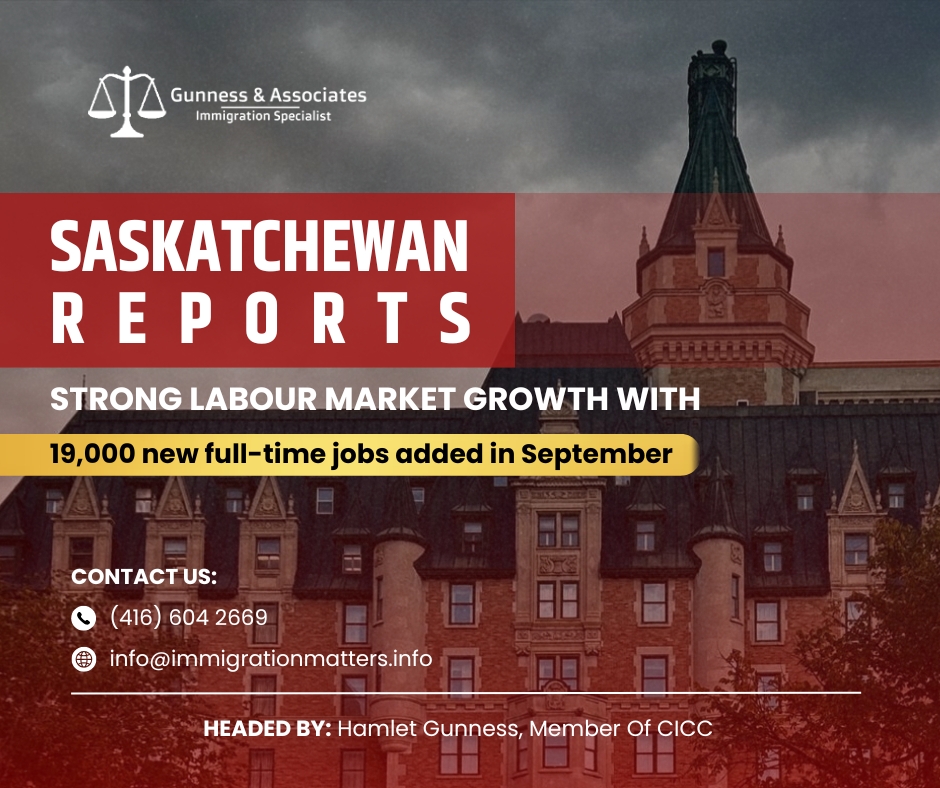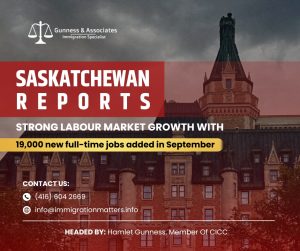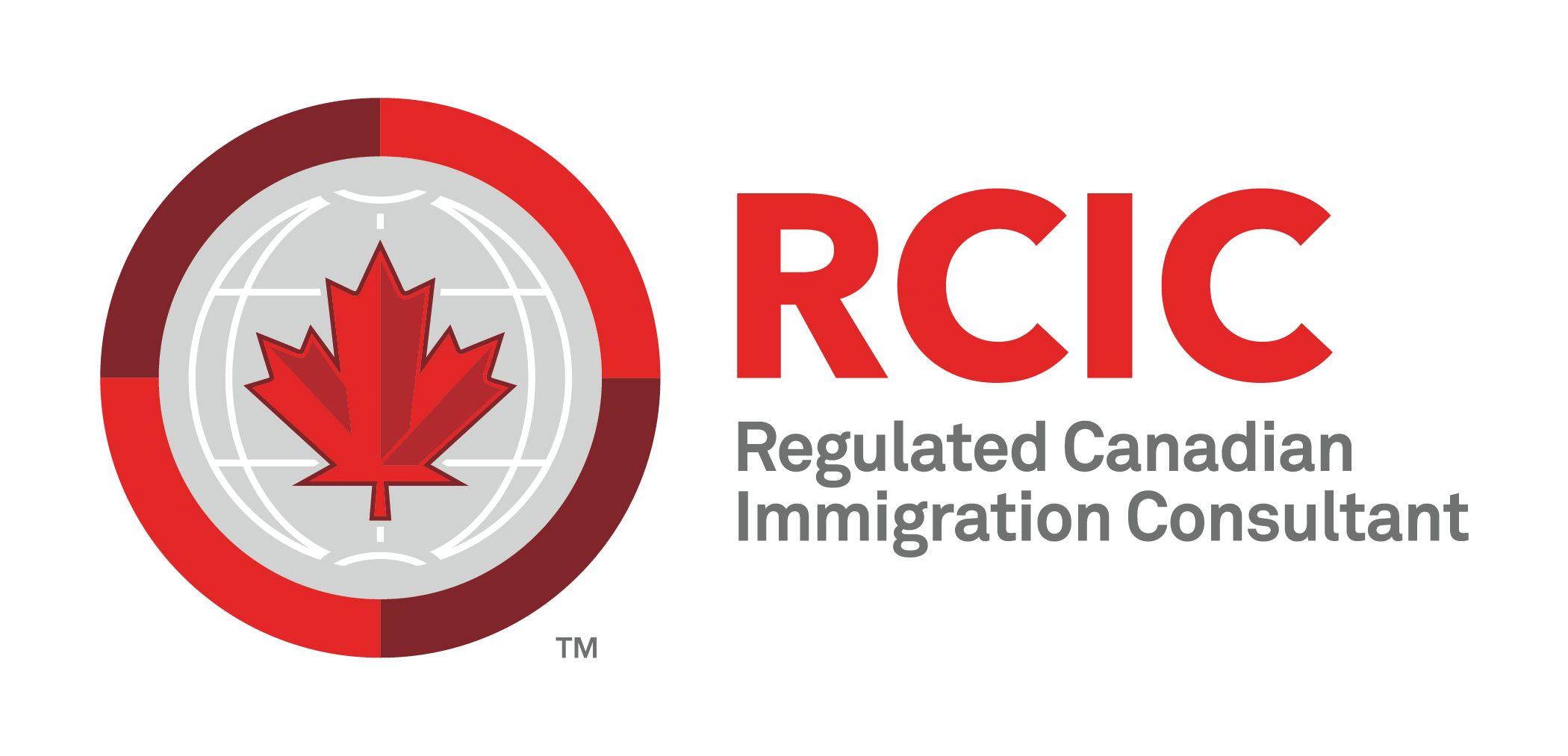Immigrant retention rates across Canadian provinces
February 20, 2024

Statistics Canada’s 2022 Longitudinal Immigration Database reveals trends in immigrant retention rates across Canada. Atlantic provinces (Nova Scotia, New Brunswick, Prince Edward Island, and Newfoundland and Labrador) saw rising retention rates, while the prairie provinces of Saskatchewan and Manitoba experienced declines.
Ontario, British Columbia, and Alberta displayed the highest five-year retention rates for newcomers who landed in 2016, exceeding 84%, with Ontario leading at 93.1%. Saskatchewan and Manitoba witnessed significant drops in retention rates for those landing between 2012-2016.
New Brunswick reached its highest five-year retention rate in the Atlantic provinces at 56%, and PEI reported an increase, though it still has the lowest retention rate at 30.9%.
Newfoundland and Labrador’s one-year retention rate rose from 55% in 2016 to 66.4% in 2020. While most newcomers settle in larger provinces due to established immigrant communities, rural regions may struggle to maintain a robust labor force.
Retention rates of the PNP immigrants
The results found that PNP immigrants tend to remain in the province or territory where they arrived. Overall, 89% of provincial nominees who landed in 2019 remained in their intended province or territory at the end of the landing year. However, there was a significant variation by province or territory, ranging from 69% to 97%. Of those nominees who were in a province at the end of the landing year, a large proportion (in the mid-80% range) remained there five years later. Again, there was significant variation by province, with results ranging from 39% to 94%.
Overall, long-term retention of provincial nominees was quite high in Ontario, Alberta, and British Columbia, especially when considering both inflows and outflows. Long-term retention rates in Manitoba, Saskatchewan, and Nova Scotia have been intermediate but still relatively high. Prince Edward Island, New Brunswick, and Newfoundland and Labrador had the lowest retention rates.
The retention rates of family-sponsored immigrants and refugees
The five-year provincial and territorial immigrant retention rates varied by admission category. Among immigrants admitted between 2012 and 2016, those sponsored by the family had the highest five-year retention rate, followed by refugees. For the 2016 admission cohort, 91.7% of family-sponsored immigrants and 86.4% of refugees filed taxes in their intended destination province or territory five years after admission.
Skilled immigrants’ five-year retention rate dropped by 5.8 percentage points, from 83.5% in 2012 to 77.7% in 2016. Meanwhile, economic immigrants admitted through the PNP had a substantially lower five-year retention rate (-8.1 percentage points), passing from 79.6% for provincial and territorial nominees admitted in 2012 to 71.5% for their counterparts admitted in 2016.
In contrast, economic immigrants admitted as caregivers or through the Canadian Experience Class (CEC) maintained high five-year retention rates across all observed admission cohorts. 94.9% of immigrants admitted as caregivers in 2016 continued to file taxes in their intended destination province or territory five years later, in contrast to 88.1% of CEC immigrants.
If you want to know more details about “Canadian provinces where immigrants are moving and staying” you can contact one of our immigration specialists at Gunness & Associates.
Tel: (416) 604-2669
Email: info@immigrationmatters.info
Gunness & Associates has helped thousands of people successfully immigrate to Canada with their families. Our skilled and experienced immigration experts have the expertise to accurately examine your case and advise you on the best method of proceeding to serve your needs.
For honest and straightforward advice, contact the experts
Get a free Assessment
Join our newsletter and get up-to-date immigration news Click here
All rights reserved ©2023 Gunness & Associates







